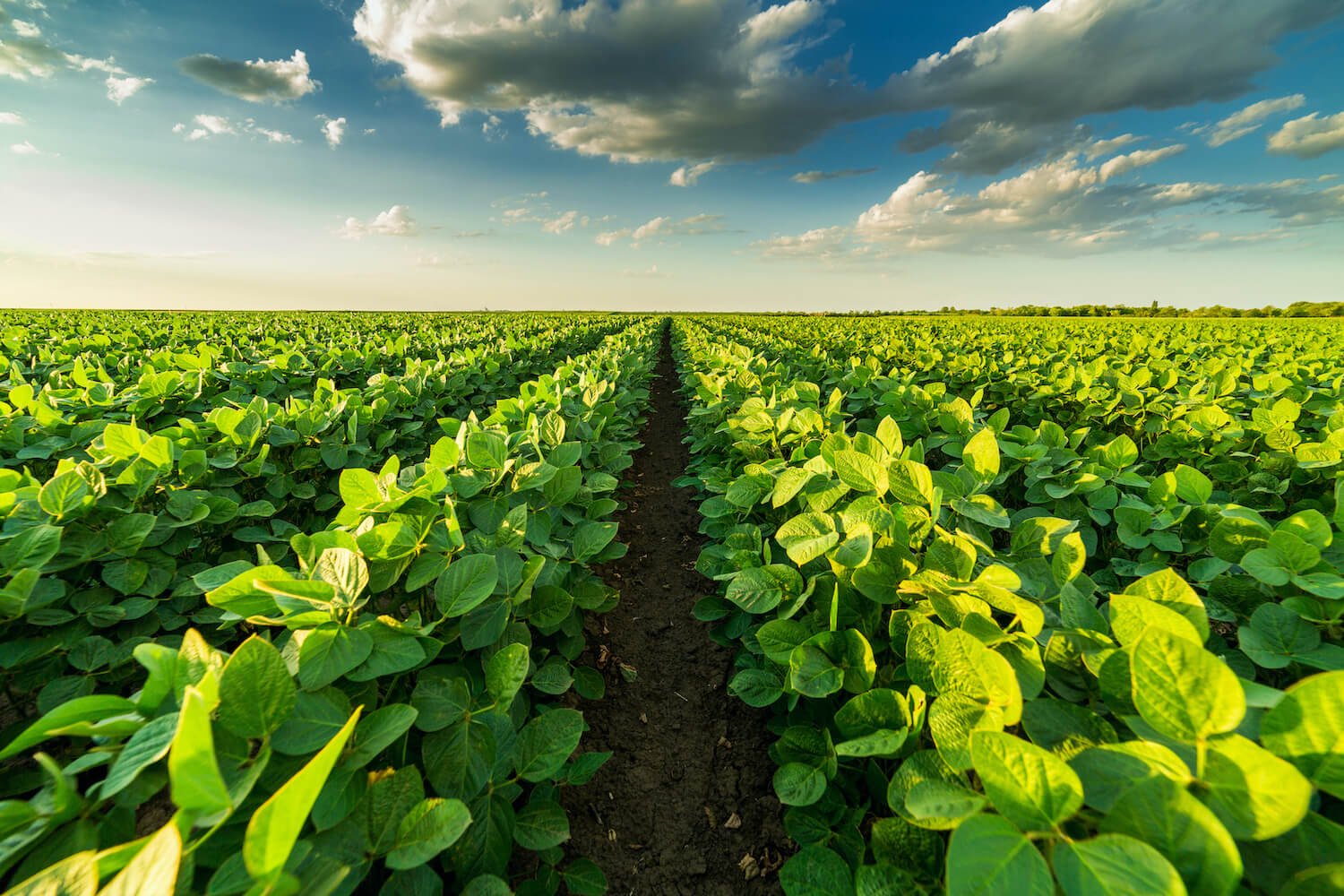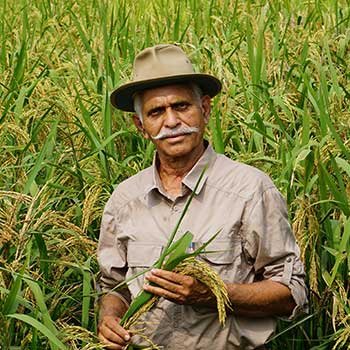Wednesday, 12 November 2025


In the face of climate change, soil degradation, and unsustainable farming systems, the Saguna Regenerative Technique (SRT) is emerging as a game-changer for Indian agriculture. Developed by Krishiratna Krishibhushan Chandrashekhar H Bhadsavle and his team at Saguna Baug, SRT is a zero-till, no-burn, residue-retaining method that enhances soil health, boosts yields, and significantly reduces the carbon footprint of farming. While its benefits to farmers are well-documented, the technique also opens up a transformative set of opportunities for industries, innovators, and sustainable supply chains.
For carbon-emitting industries striving to meet their Net Zero commitments, SRT offers a robust, verifiable solution to invest in nature-based carbon sequestration. Unlike conventional farming that emits carbon through tillage and burning, SRT builds soil organic carbon year after year. By scientifically tracking soil carbon improvements and crop footprints, industries can partner with SRT farmers under voluntary carbon markets or CSR-linked carbon farming programs. This B2B linkage enables companies to offset emissions while empowering smallholders—a win-win for climate and community.
India’s New Green Tech Opportunity
The SRT system has sparked demand for appropriate mechanisation tailored for regenerative agriculture. Unlike conventional implements that disturb the soil, SRT calls for tools that manage crop residues, enable shallow sowing, and promote precision input use. This opens a valuable niche for agri-tech innovators and machinery manufacturers to develop lightweight, multi-functional, and affordable equipment that meets regenerative standards. Indian engineering firms and startups are uniquely positioned to lead this transition and tap into a growing domestic and global market for climate-smart agri-tech.
Breeding the Future
Seed companies and public research institutions have an opportunity to breed and promote crop varieties tailored for the SRT system. These include short-duration, drought-resistant, and high-residue crops that synergise with SRT’s principles. Developing and marketing such varieties—whether rice, cotton, maize, or pulses—can help companies meet the rising demand from regenerative farmers while contributing to agrobiodiversity, input efficiency, and farmer profitability.
To read more, click: https://agrospectrumindia.com/e-magazine